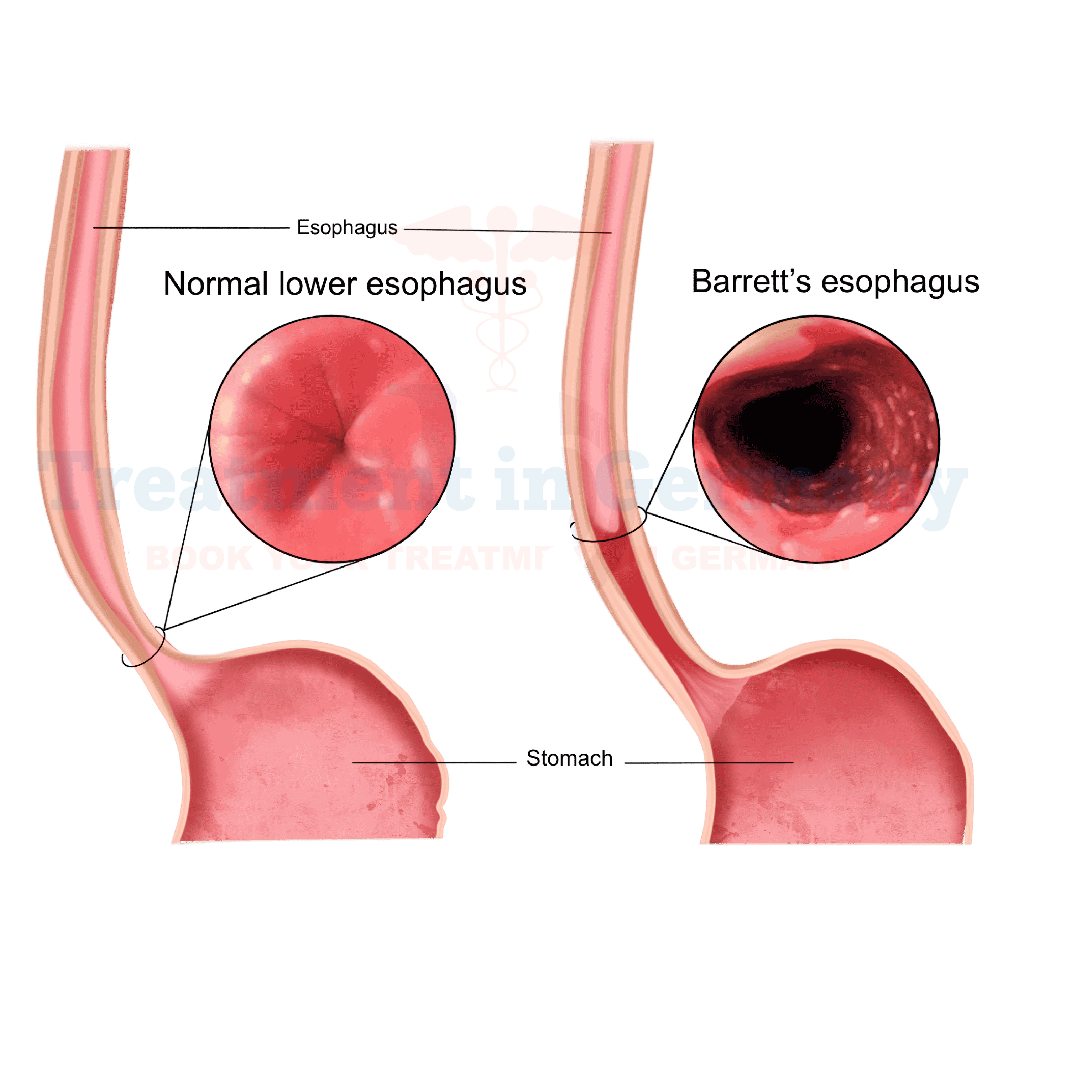What is Barrett's Esophagus:
Barrett's Esophagus is a condition where the lining of the esophagus, the tube that carries food from the mouth to the stomach, is damaged by stomach acid.
Normally, the lining of the esophagus is made up of squamous cells, but in Barrett's Esophagus, these cells are replaced by a type of cell called columnar cells.
This change is believed to be a response to long-term exposure to stomach acid, typically due to gastroesophageal reflux disease (GERD).
Side effects of Barrett's Esophagus:
The most concerning aspect of Barrett's Esophagus is its association with an increased risk of esophageal cancer. While Barrett's Esophagus itself is not cancerous, the presence of abnormal cells in the esophagus can potentially lead to cancer over time if left untreated.
Other symptoms of Barrett's Esophagus may include frequent heartburn, difficulty swallowing, chest pain, and a feeling of food sticking in the throat.
How is Barrett's Esophagus diagnosed?
Diagnosing Barrett's Esophagus typically involves an upper endoscopy, where a thin, flexible tube with a camera at the end is passed through the mouth and into the esophagus.
During this procedure, a doctor can directly visualize the lining of the esophagus and take tissue samples (biopsies) for further examination under a microscope.
In some cases, imaging tests such as a barium swallow or an esophageal pH monitoring test may also be performed to evaluate the extent of acid reflux and damage to the esophagus.
Potential treatments of Barrett's Esophagus:
The goal of Treatment for Barrett's Esophagus is to prevent the progression to esophageal cancer and to manage symptoms associated with GERD. Treatment options may include:
👉 Contact us for further information and receive acomplimentary consultation.

.webp)
.webp)
 (1).webp)
 (1).webp)

.webp)
.webp)
 (1).webp)
 (1).webp)
